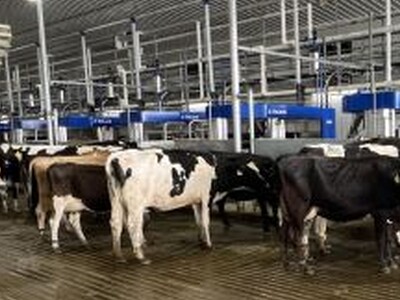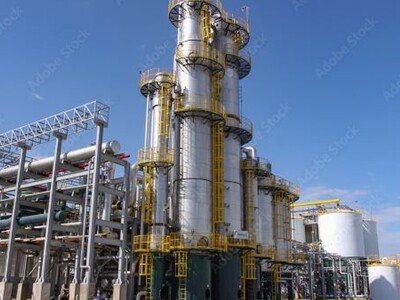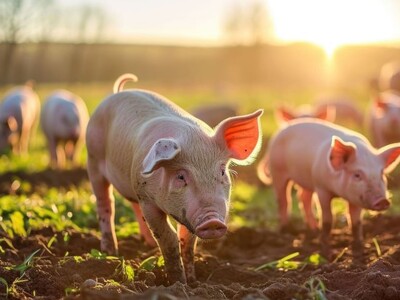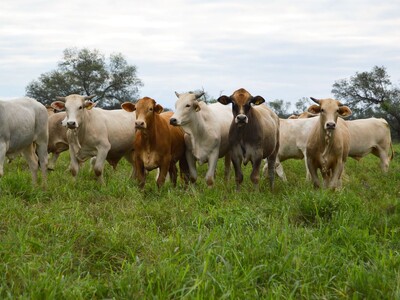Pre-conditioning calves
Producers make mindful decisions to precondition their calves to help ward off sickness and prepare calves for weaning, commingling and travel to feedlots. However, if they don't take the step to enroll in a third-party-verified preconditioning program, are they reaping their much-deserved rewards? Zoetis Veterinarian Dr. Trejo
Recent auction market sales data demonstrates the value producers can gain through preconditioning calves — as much as $72 more per head if enrolled in SelectVAC® compared with similarly preconditioned cattle not enrolled in SelectVAC.1 As good stewards of the animals in our care, we understand there is much more behind the choice and investment in preconditioning cattle than dollar signs alone.
From cow/calf to feedlot sectors, preconditioning is the most conscientious choice producers can make for the betterment of their animals' health. Preconditioning programs promote calf growth, enhance immune function and minimize stress as calves move from their ranch of origin to the stocker or backgrounder operation and then to the feedlot. A study demonstrated that calves enrolled in SelectVAC were four times less likely to get sick or die in a feedlot setting than calves with an unverified health history.2 Preconditioning calves well ahead of stressors like shipment and commingling allows time for calves to respond to vaccinations and help avoid potential health risks, such as bovine respiratory disease (BRD).
Combine preconditioning with sound weaning practices to best protect your calves from infectious challenges they could encounter during their most delicate periods of early life.


















